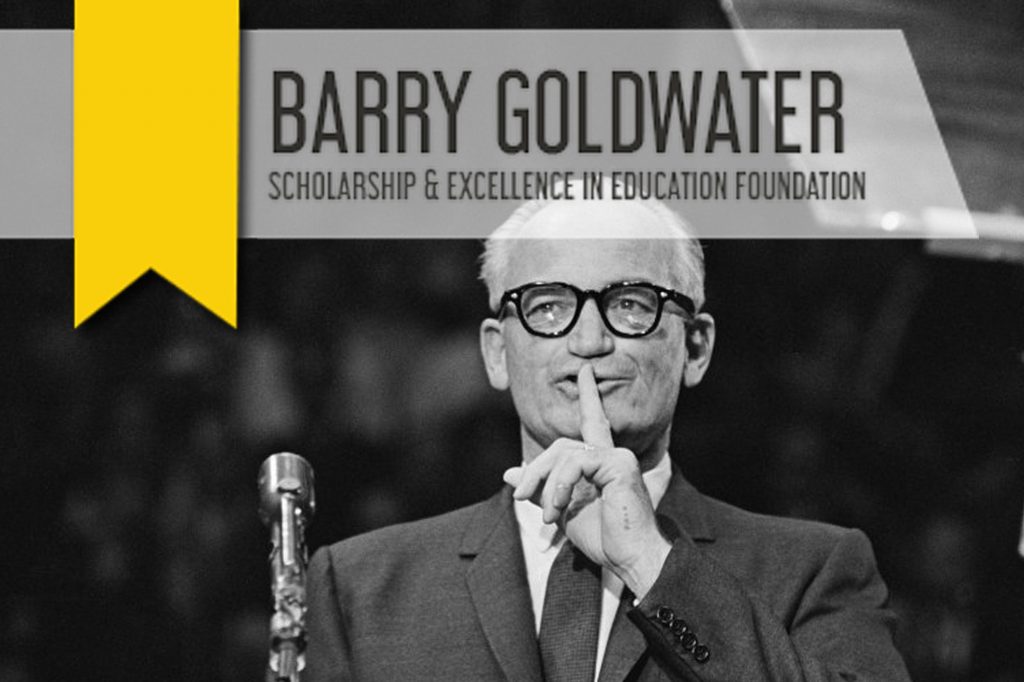A Brief History

Henry Eyring
When the University of Deseret was founded in 1850 in the Territory of Utah, it was primarily a training school for teachers. The newly formed university taught only a handful of topics, including algebra, astronomy, botany, chemistry, geometry, and zoology. Indeed, mathematics and physical sciences were well represented from the earliest days of the university.
By the 1920s, only six organized schools existed at the U: Arts and Sciences, Business, Education, Engineering and Mines, Law, and a two-year Medical School.

James M. Sugihara, PhD 1947
Between 1948 and 1958, through two reorganizations, the School of Arts and Sciences expanded to become the College of Letters and Science. However, the composition was enormous, including departments of air science, anthropology, botany, chemistry, English, experimental biology, genetics and cytology, history, journalism, languages, mathematics, military science and tactics, naval science and tactics, philosophy, physics, political science, psychology, sociology, speech and theater arts, and zoology.
By the late 1960s, Pete D. Gardner, a prominent organic chemist at the U, had convinced the central administration that mathematics and physical sciences would be most effective if separated from the large, amorphous College of Letters and Science.
Therefore, on July 1, 1970, the College of Letters and Science was replaced by three new colleges: Humanities, Social and Behavioral Science, and the College of Science.
The disciplines of biology, chemistry, mathematics, and physics and astronomy were ideally consolidated in one cohesive academic unit. Gardner was appointed as the first dean of the College and served from 1970 to 1973.
The College of Science utilized seven buildings in 1970, including Chemistry (the north wing was finished in 1968), South Biology (completed in 1969), North Biology (the James Talmage Building), Life Sciences (built in 1920 and former home the of School of Medicine), the John Widtsoe Building (housed both the chemistry and the physics departments), the James Fletcher Building and South Physics. The total faculty consisted of about 80 tenured or tenure-track professors across all four departments.






 The College supports nearly 2,000 undergraduate science majors and 475 graduate students and employs 143 full-time tenured or tenure-track faculty. The College also employs hundreds of adjunct and auxiliary faculty, postdoctoral fellows, research assistants, lab technicians, and support staff.
The College supports nearly 2,000 undergraduate science majors and 475 graduate students and employs 143 full-time tenured or tenure-track faculty. The College also employs hundreds of adjunct and auxiliary faculty, postdoctoral fellows, research assistants, lab technicians, and support staff. The College has constructed new educational and research facilities in recent years, including the Thatcher Building for Biological and Biophysical Chemistry and the Crocker Science Center on Presidents Circle. The two buildings combined serve thousands of students each year with professional academic advising, expanded classrooms, and cutting-edge labs and instrumentation.
The College has constructed new educational and research facilities in recent years, including the Thatcher Building for Biological and Biophysical Chemistry and the Crocker Science Center on Presidents Circle. The two buildings combined serve thousands of students each year with professional academic advising, expanded classrooms, and cutting-edge labs and instrumentation.
 As the result of a partnership with the Department of Defense National Defense Education Programs (NDEP), Mrs. Peggy Goldwater Clay, Chair of the Board of Trustees of the Barry Goldwater Scholarship and Excellence in Education Foundation, announced that the Trustees of the Goldwater Board have increased the number of
As the result of a partnership with the Department of Defense National Defense Education Programs (NDEP), Mrs. Peggy Goldwater Clay, Chair of the Board of Trustees of the Barry Goldwater Scholarship and Excellence in Education Foundation, announced that the Trustees of the Goldwater Board have increased the number of 